Fighting a Solana Beach Red-Light Camera Ticket
A decade ago red-light cameras that could catch traffic violations were all the rage. Most districts have eliminated these cameras because of costs and the unfairness of the system. Solana Beach and Del Mar have some of the only remaining red-light cameras in San Diego. Unfortunately, I was issued a ticket by a Solana Beach camera. With perseverance I was able to fight it and get the ticket of dismissed. This is my guide to fighting a red-light camera ticket.
Jump Ahead To
Overview
I first received news that I got a ticket from a notice to appear in court that was mailed to me. The notice had a citation number and court date but no information about the violation. The ticket was $490 so it caught my attention.
Upon research I found that the violation was for running a red-light at the intersection of Lomas Sante Fe Dr and Solana Hills Drive in Solana Beach. It was interesting that the ticket came to me, because my it was my wife’s vehicle.
By going online, I was able to see a video of the infraction. From the very blurry video it appeared the driver was male. I think I was sent the ticket because my name was on the title.
The violation itself was innocuous. The vehicle was traveling 15 MPH and made a right turn right after the light turned red.
Running red lights is a serious matter and a leading cause of traffic accidents. However, this was a case where a ticket should never have been issued. The court eventually agreed, but only after several appearances and months of fighting on my part.
Solana Beach has a lot of out-of-town visitors. It is not only a beach city, but it is right next to the popular Del Mar Fairgrounds which hosts all kinds of events. The city argues that the red-light camera system helps improve traffic safety but the reality is this a way to capture tourist dollar.
Council member and current Solana Beach Mayor David Zito told the San Diego Union Tribune that “For Solana Beach, the cameras are there simply as a tool to help improve public safety.”
However, according to this article 90% of red-light camera tickets are given to non-residents of Solana Beach. A non-resident is unlikely to be aware that a red-light camera exists, so the presence of such a system will not make them be safer drivers.
This appears to be mainly a tourist shakedown. Officers have the chance to review the video and decide whether to issue a ticket. It appears that if the driver is a Solana Beach resident they will not issue a ticket unless it is a major violation. In the case of a non-resident like myself the ticket gets automatically issued even if it is frivolous.
For a non-resident fighting a ticket like this is difficult. Most people will give up and just pay the whopping $490 fee. Because I lived in nearby San Diego I took the time to fight it and was able to get it dismissed.
Basically, you have two options for fighting a red-light camera violation. Most tourists from outside the San Diego area need to choose the trial by written declaration option. Because I live in San Diego, I choose to fight it in person. This evolved having to appear twice in court.
Trial by Written Declaration
California law gives people who get traffic citations the option to challenge the ticket without having to appear in court. This is called a trial by written declaration. You need to fill out a form TR-205.
There are companies set up specifically to fight a red-light camera violation under a trial by written declaration. Most charge a fee of $99 which is refundable if they don’t get the ticket dismissed.
I contacted Traffic Ninja. On their website you can upload your citation information and they will look at the evidence and tell you how to best fight the ticket. They estimated I had a 90% chance of winning.
Ticket Ninja: https://ticketninjaca.com/
The reason I did not do trial by written declaration is that you need to pay the full ticket amount when filing the declaration. It can take several months for a decision and I was not confident in seeing my money again.
When I went to court I also found that the judge is very willing to bargain down the ticket fee. Most people who plead guilty got the fee down to around $300.
Personally, I pleaded not guilty and ended up getting the case dismissed.
Going to Court
The citation had a date for a court appearance but also noted you had to go online and make an appointment. In other words, you don’t just show up on the date it says.
I made an appointment and went in with all my evidence, only to find out this appearance was only to enter a plea. You get in front of the judge and plea guilty, not guilty or no contest (basically guilty without admitting guilt). If you plead guilty or no contest you pay your ticket or make arrangements to pay. Many people were able to get their payments deferred.
If you plead not guilty the court will set a trail date. Under law you have the right to a speedy trial within 45 days. You can waive this right and get a later court date. I wanted to get this over with, so I pleaded not guilty and asked for a speedy trial. I got one 37 days from my first appearance.
When you show up for trial there will be a police officer who acts as witness/prosecutor. If this officer fails to show up your ticket will be automatically dismissed. However, they process red-light camera tickets in bulk at one time so this rarely happens.
Before the trial, the officer will review the evidence and talk with each defendant. In my case he looked at all the evidence and decided he was going to dismiss the violation. He did this for several other people present.
Despite my ticket being dismissed early on I still had to sit through proceedings and go in front of the judge. This gave me a good opportunity to see how cases were handled.
The ones where they went ahead and prosecuted were ones where there was a clear violation of running straight through an intersection. The videos are shown in court and the judge definitely looks at how egregious the offence was. However, everyone I saw was able to get the fine reduced.
One poor lady received two tickets at the same intersection. She probably never would have received a ticket as she was a long-time Solana Beach resident. However, her drivers license address was from outside Solana Beach. Turns out her business had failed and she had just moved back with her parents. She threw herself on the mercy of the judge and got her tickets substantially reduced and payment was put on hold for a year.
Unfortunately, a red-light violation goes on your record. To reduce the impact you can attend traffic school. Most people that were found guilty picked this option.
Of course, the question becomes how can you be found not guilty?
Legal Arguments to Fight a Red-Light Camera Ticket
I looked on websites to find the best way to fight a ticket. When I was in court several people were represented by lawyers so I also got to watch them make arguments.
The first thing they need to prove is that you were the person driving the vehicle. Tickets are only supposed to be given to the actual driver, not the person who owns the vehicle. The evidence they use is comparing the face from the video with a driver’s license. If the photo can not clearly identify the driver the ticket should be dismissed.
Turns out there are many rules that a city must follow under California law. Solana Beach contracts with a company called Redflex and they are required to maintain the system to certain standards.
Turns out Redlex has a dubious record. The company was caught bribing city officials in Chicago. In 2017 they were ordered to pay $20 million. Several city officials and the Redflex CEO went to prison.
There is no indication of similar bribes in Solana Beach. However, the mere fact that they would associate with such a company is disturbing. Chicago and many other cities have gotten rid of Redflex. There have also been some large class action lawsuits filed against Redflex and cities that use their services.
Many states are making red-light camera systems illegal. The New York Times had a nice report on how Texas became the latest state to ban the red-light systems. Many findings are that these systems cause more accidents because they force drivers to slam on the brakes.
The New York Times cited a Suffolk County, NY report that found “Rear-end crashes rose at red-light camera intersections by as much as 21 percent in 2016 compared with 2009, the last year before the cameras were installed, it shows.”
One argument that I was looking to make was that the traffic signal turned red too fast. This creates a serious risk of a rear-end collision. Table 4D-102 of the California Manual of Uniform Traffic Control Devices sets a minimum interval for a yellow traffic signal duration (on page 932 of 1,431 pages). In my case that interval was at least 3.6 seconds, maybe longer. Looking at the video it appeared the light went from green to red in only 3 seconds.
Another man I was talking to felt the same way. After his ticket, he had gone back to the intersection and timed the traffic light and found the intervals ranged from as short as 2 seconds to in the 3 second range. But never the minimum length.
One lawyer got up and made a long argument that the People could not prove the red-light camera system met the requirements of California Vehicle Code 21455.5. The judge spent about 10 minutes going over the code line by line.
Unfortunately, the officer was well prepared with all the maintenance records for the light in question. However, the judge actually commended the lawyer on his argument and took the time to go over the code in detail. The officer had to show every point in the code. Unless you have a friend the cost of hiring a lawyer for a traffic ticket is probably not feasible. However, all you need to say is “the People have not proved that the city was in compliance with California Vehicle Code 21455.5.
I was prepared to make similar arguments. I had filed requests for complete records and had an inch-thick stack of documents ready to go. This is part of a defendant’s right to discovery and should be done whether you are going to trial or doing trail by written declaration.
Requesting Records
To prepare a defense you should definitely request records. With the help of HighwayRobbery.Net I was able to get a list of records to ask for.
I labeled it a discovery request and sent the same request to the addresses below in five separate envelopes. I didn’t bother to send it certified because I did not want to pay extra.
I received multiple responses and all kinds of documents. I became good friends with my mail lady because they did send the documents certified and I had to sign for them. The goal is look for any thing irregular. I found some items I was going to bring up but my case never got that far.
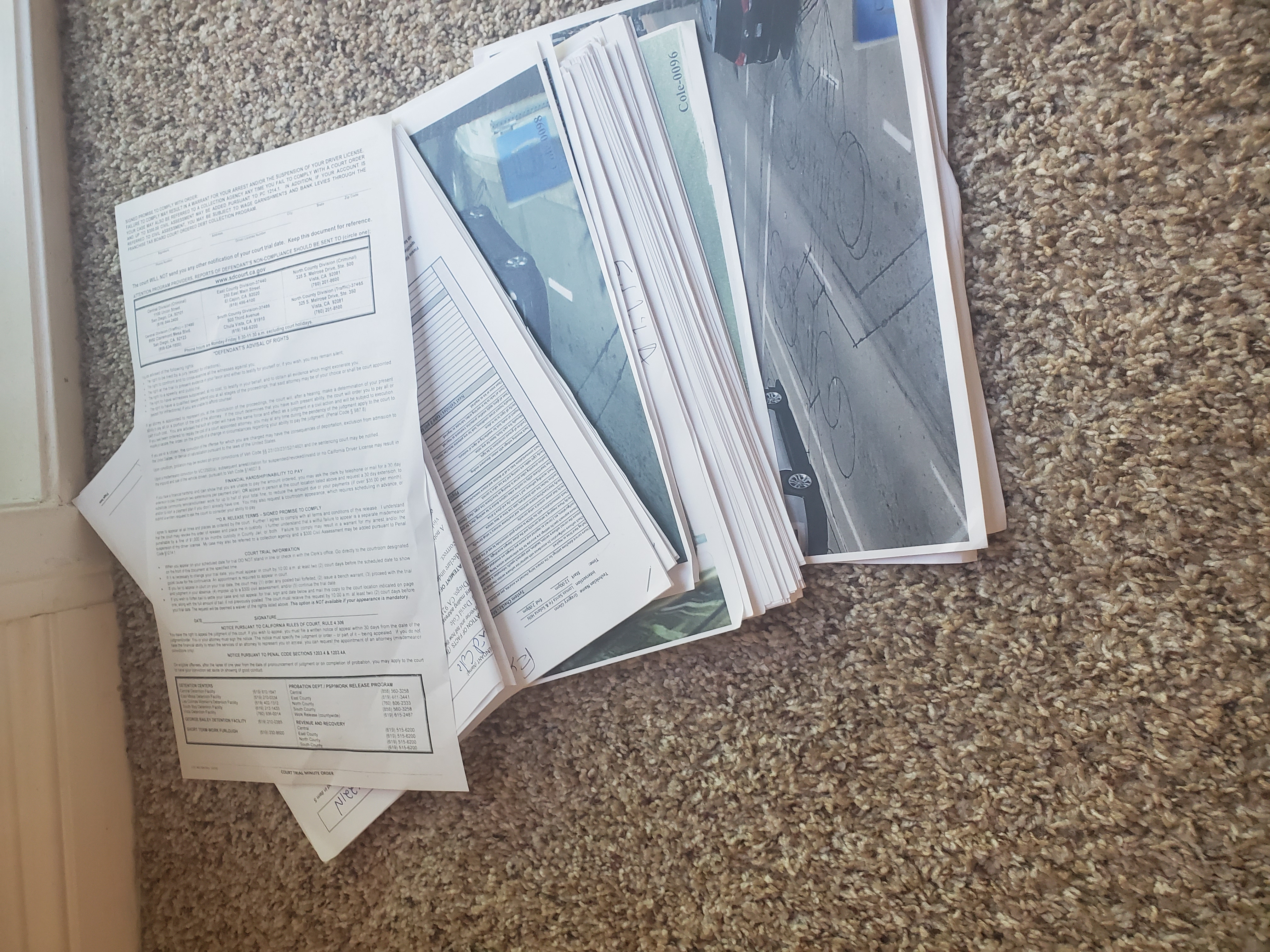
Surprisingly they used an outside law firm which must of cost them significantly more than the $490 ticket.
To:
Office of the City Attorney
City of Solana Beach
635 S. Highway 101
Solana Beach, CA 92075
Office of the City Prosecutor
City of Solana Beach
635 S. Highway 101
Solana Beach, CA 92075
City Clerk, City of Solana Beach
635 S. Highway 101
Solana Beach, CA 92075
Office of the District Attorney
Superior Court North County Division
325 S. Melrose Avenue
Vista, CA 92081
cc: Bench Officer, Traffic Docket
Superior Court North County Division
325 S. Melrose Avenue
Vista, CA 92081
From: My name address phone email
I. This is a discovery request based on case number XXXX, citation number XXXX
II. The following records or materials are requested. All pertain to red light camera systems.
A. The original contract between your agency and its red light camera vendor, with all attachments or exhibits. All updates, amendments, extensions, renewals, or revisions thereto.
B. For each “intersection approach” or “approach” (defined as a red light camera or cameras monitoring any or all lanes of traffic entering an intersection from a single compass direction) within your jurisdiction, the monthly (or if ‘monthly’ not available, other periodic) tabulation or tally of citations recorded, issued, discarded, and paid (fine collected), from the onset of the program to the present.
Please also provide copies of any report or material in which said tabulations, or figures derived from them, were presented or disseminated to other agency employees or officials, the employees or officials of other governmental agencies, members of the public, or the media.
C. All invoices from said vendor to your agency, or other requests to pay vendor, with all attachments or exhibits thereto. Also, a list of all payments made to vendor, or if that is not available, for each payment made, a voucher, check stub, counterpart or other evidence of payment.
D(1). For red light camera installations within your jurisdiction, your “uniform guidelines for screening and issuing violations and for the processing and storage of confidential information…” as mentioned by Vehicle Code 21455.5(c)(1). Or, an otherwise-entitled document(s) having the same subject.
D(2). The “…procedures to ensure compliance with those guidelines,” as mentioned by Vehicle Code 21455.5(c)(1). Or, an otherwise-entitled document(s) having the same subject.
D(3). Your “guidelines for selection of location,” as mentioned by Vehicle Code 21455.5(c)(2)(A). Or, an otherwise-entitled document(s) having the same subject.
Please provide each record or material in (D) above in its original form or edition. Please also provide all updates, new editions, or revisions, with appropriate notation as to the record or material’s date.
E. Records of Warning notices (a.k.a. “warning tickets”), as mentioned by Vehicle Code 21455.5(b), to wit:
(1) Please provide the first five (5) warning tickets issued at the intersection of Lomas Santa Fe and Solana Hills Dr, as well as the last five (5) warning tickets issued at said intersection. Confidential information that would identify the driver should be redacted, but please do not redact the city name and Zipcode portion of the driver’s address.
(2) Please provide records or reports indicating the quantity of warning notices issued at said intersection, the date(s) on which those warning notices were mailed, and the place and manner of said mailing.
F. All materials of any kind, created or dated Jan. 1, 2001 to the present and relating to any intersection that presently is, or is to be, the site of photo enforcement, reflecting or discussing any of the following: traffic congestion there, the rate of traffic accidents there, the causes of traffic accidents there, corrective measures taken or needed to be taken there (including enforcement of traffic laws via either traditional methods or via photo enforcement), or other traffic-related problems there. Please provide any material reflecting how said photo enforced intersection(s) ranked, in terms of safety or accidents, when compared to other, not necessarily photo-enforced, intersections in your jurisdiction.
Please also provide, for all intersections regardless of whether they are photo enforced, or not, any material reflecting jurisdiction-wide intersection rankings in terms of safety or accidents.
G(1). The staff report(s), with any attachments, from the public hearing required by Vehicle Code 21455.6(a), the “Tear Sheet” for the newspaper notice of said public hearing, the minutes of said public hearing, and any written materials or communications submitted for said hearing by vendors, bidders, members of the public, or representatives of governmental entities.
G(2). The staff report(s) for any additional hearings or public meetings (aside from the required public hearing) where installation of a red light camera system, or adoption of a red light camera contract, was under consideration or was to be voted upon, the minutes for said additional hearings/meetings, and any materials or communications submitted for said additional hearings/meetings by vendors, bidders, members of the public, or representatives of governmental entities.
H. The signal timing charts for all intersections presently having red light camera installations (or where such an installation has been approved for construction), reflecting the present signal timing settings and the direction of travel to which each numbered phase is assigned. Also, any previous versions of said charts reflecting different signal timing settings in use Jan. 1, 2002 or thereafter. If for any of said charts the revision or creation date would not be evident and clear from reading the requested photocopy, please add appropriate notations or attach a cover letter.
K. For each of the intersections described in (H) above (including those approved for construction), the radar speed survey(s) applicable to any portion, within 1/2 mile, of a there-intersecting street whose traffic is subject to photo enforcement. (This request excludes surveys of streets that are solely the completion place of photo enforced turning movements.) Said surveys should include both the current survey and any earlier version that was applicable or in effect anytime after Jan. 1, 1995. Said surveys should cover both directions of travel at each surveyed location, and should include at a minimum, the field technician’s chart of individual driver’s speeds actually measured, and the traffic engineer’s discussion of the speed limit chosen.
L. Any other staff report (with any attachments) regarding red light cameras and which was presented to the city council or city commissions or boards on or after Jan. 1, 2001.
III. This request is for copies of the above records or materials, to be mailed to me. However, if any of these documents are available in electronic format, please email them to me (per Govt. Code 6253.9.) at my email.
IV. Your attention is drawn, in particular, to Government Code Sections 6253 and 6253.1. If there are any public records that you seek to withhold, please state the reasons therefor. In addition, you must assist requester in identifying public records and information responsive to this request; and you have an obligation to “[p]rovide suggestions for overcoming any practical basis for denying access to the records and information sought.”
Signed:
Date:


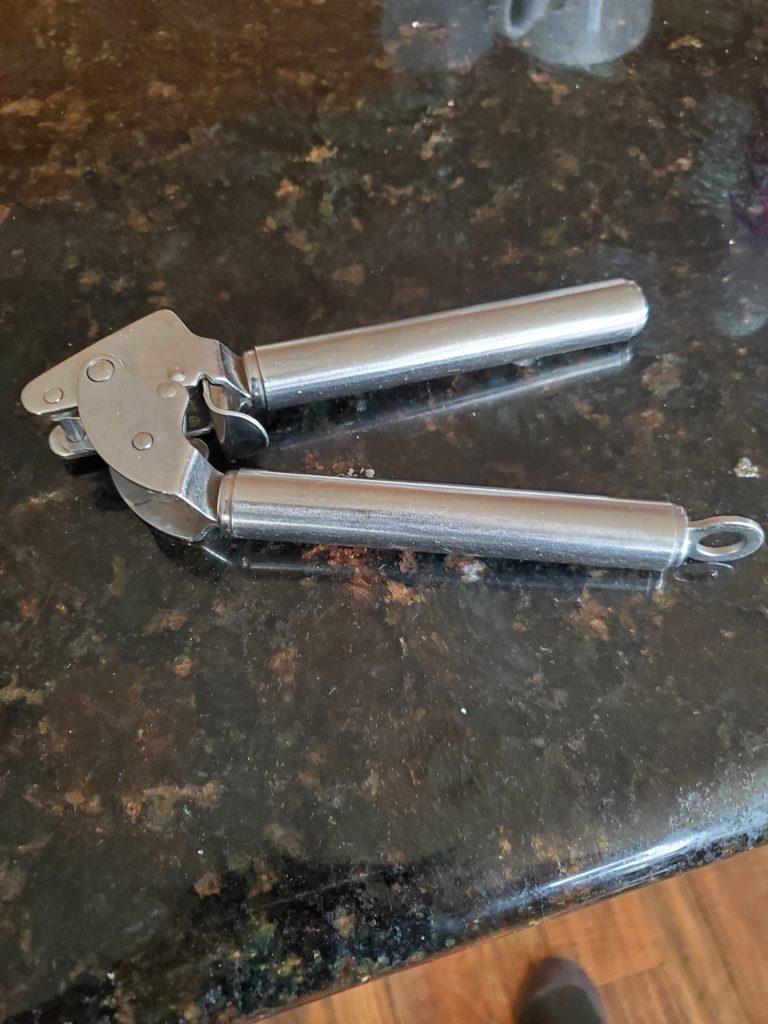
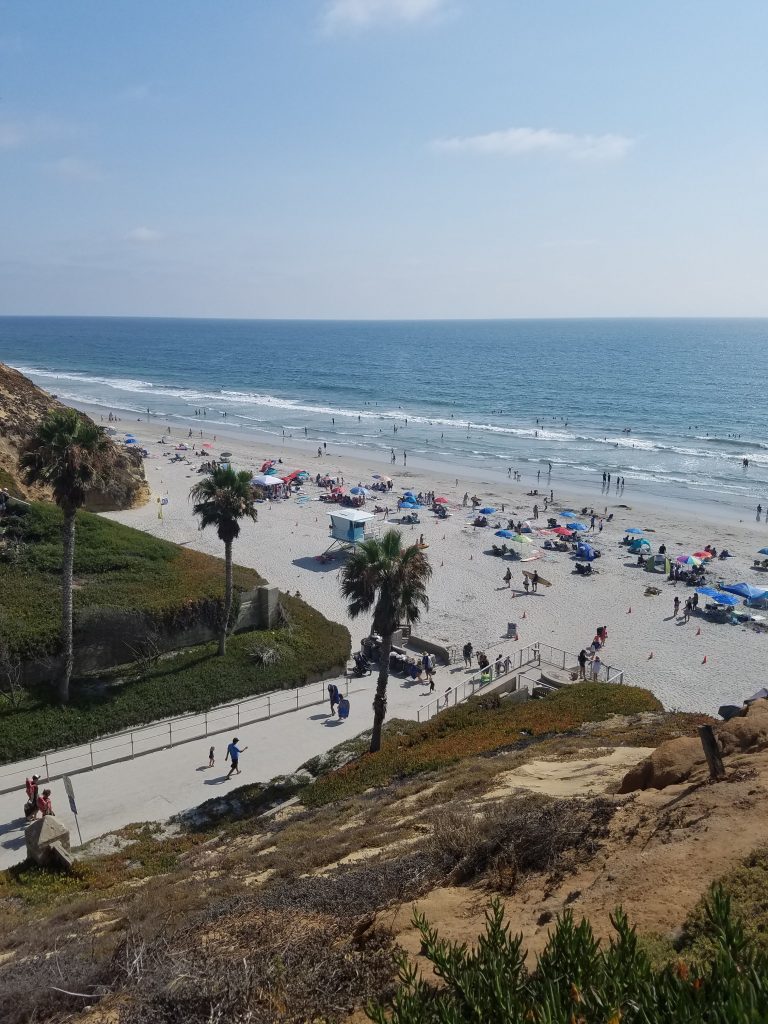
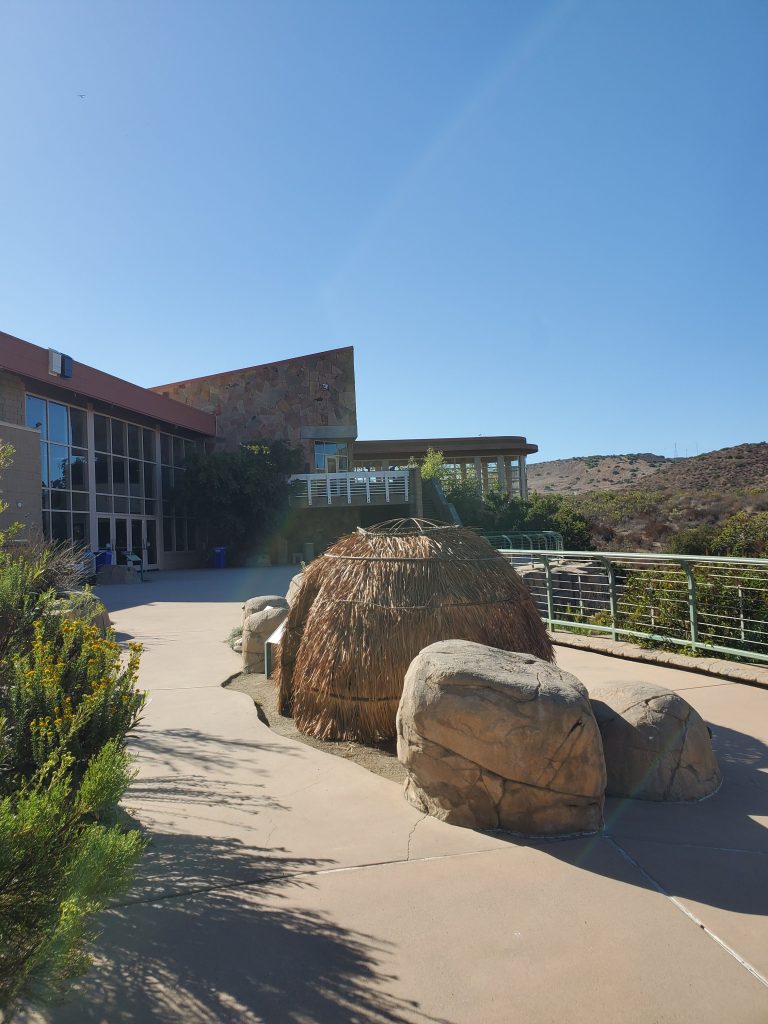
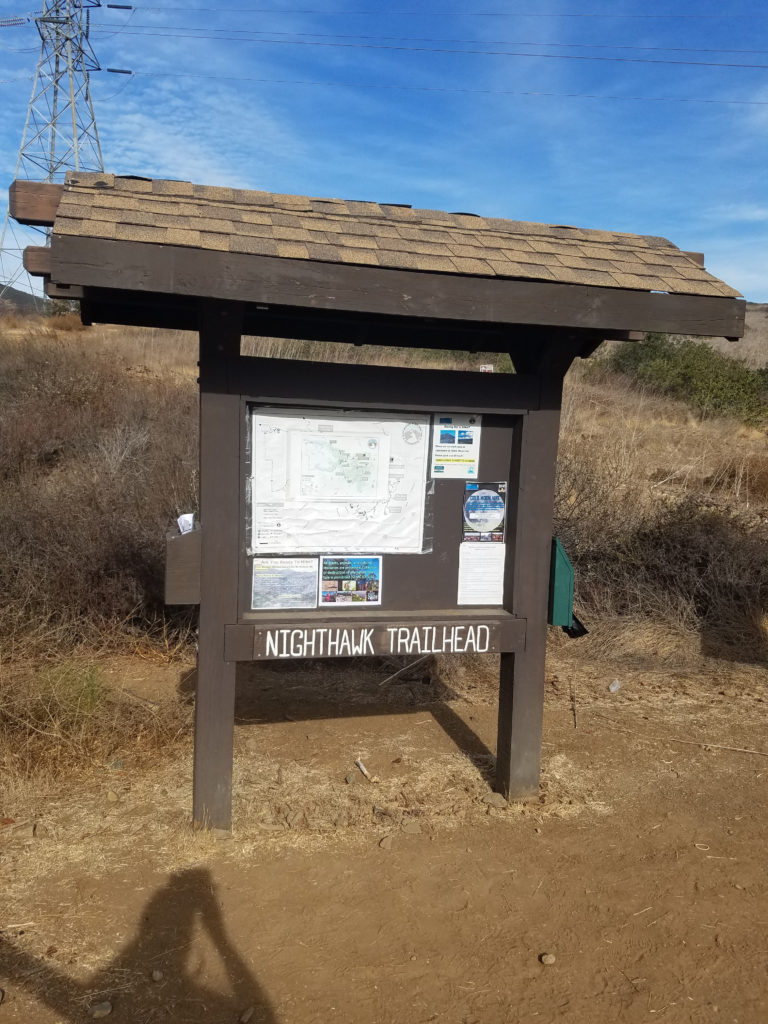
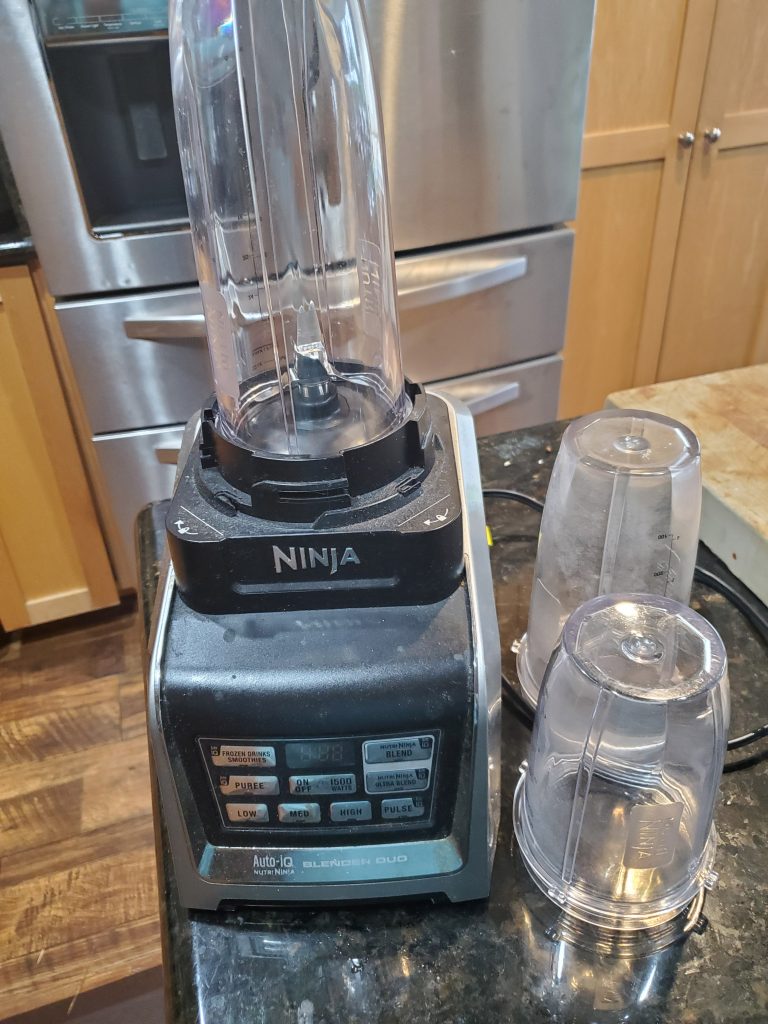
I found this so helpful! I was just issued a red light camera ticket at the same intersection and was researching how to find it.
Glad to be of help. The way those tickets are issued is very unfair.
How long did it take for you to receive the citation in the mail? I saw the camera flash today, but will be moving out of state in the middle of next month… Not sure if SB sends every possible infraction and/or if covid19 is making any sort of impact (them not pursuing them or pursuing less)?
The citation came in about 3 weeks to a month. Encinitas announced two weeks ago they were removing red light cameras. I think that just leaves Del Mar and Solana Beach. Del Mar is just as tough I have heard. However, hopefully they are focused on enforcing more urgent violations.
https://www.nbcsandiego.com/news/local/encinitas-city-council-stops-traffic-cameras-at-red-lights/2322557/
Actually looks like the camera is in Del Mar. Not sure if it makes a difference or if they pursue them any less than SB.
I hope so too. I can see it being such a toss up. On one hand, maybe there’s not much to do and it’s easy money? Instead, I hope they’re out keeping people safe, focusing resources on covid19, etc but don’t know how much of a money maker the cameras are. Or how many citations they need to issue to keep it out of the red.
For the past couple of years, the camera that flashed on my left turn in DM logs about 2,000 potential offenders a year, with ~1350 citations getting issued. Maybe mine will be one where I’m already in the intersection before it turns red and it’ll get tossed… Or something.
I keep stressing about it, especially since we are moving out of the state in a few weeks, but figure I just need to wait until IF it shows up.
Interesting that yours took so long to show up. I read on highwayrobbery.net they are supposed* to be mailed within 11 calendar days. And if not, it can be a point to attack on defense.